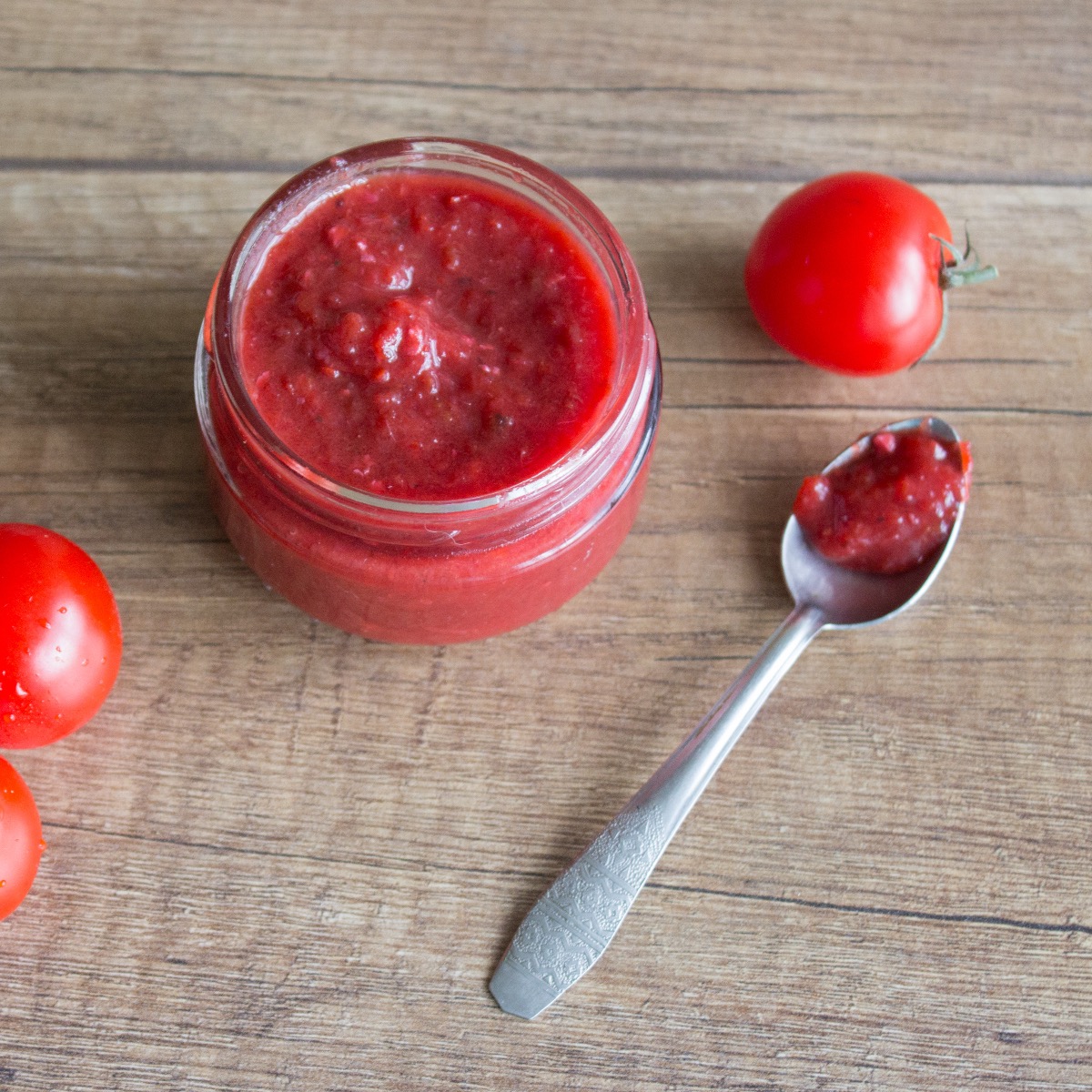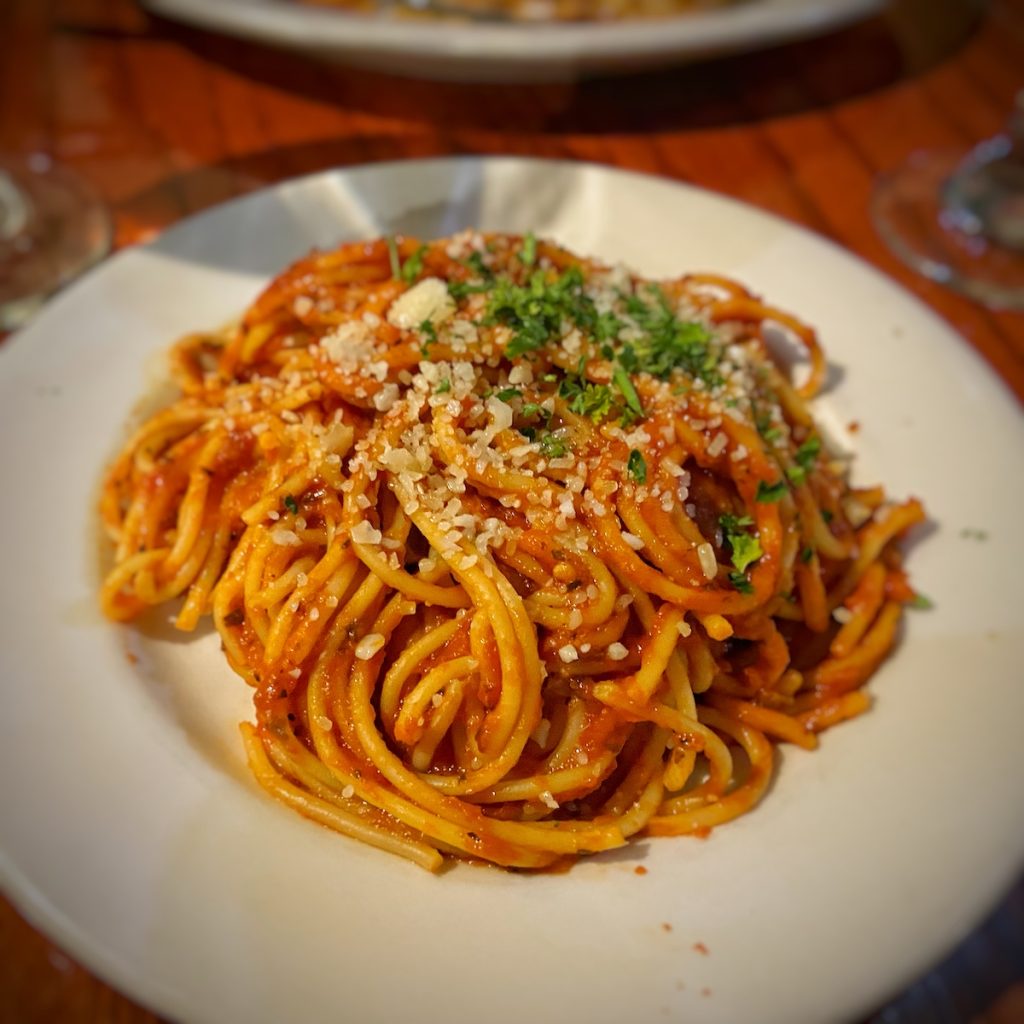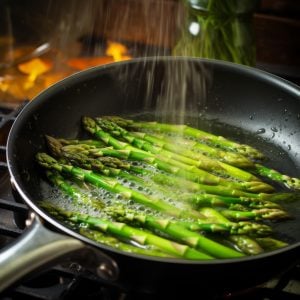Tomato Paste – Tomato Sauce- What’s the Difference
I am often asked, what is the difference between tomato sauce and tomato paste? It is entirely understandable if you do not cook with tomato paste much. I’ll try to break down what they are, how they are used individually, and how they are often used together.
Tomato Sauce
Tomato sauce is complicated. There are so many variations of tomato sauce depending on what country you live in, what region in that country, and even what town or city you are in.
It can be prepared with meats and vegetables or without. The spices used to make tomato sauce can run the gamut. If you look at 1,000 different cookbooks with tomato sauce recipes, you’d probably come up with 1,000 different recipes.
I have a post called How Do Celebrity Chefs Make Incredible Tomato Sauce, and you will see that they are completely different although they have similar ingredients. And all these chefs are making an Italian-style tomato sauce. But what about Spain, France, Brazil, and Chili? I’m sure every country has its version of tomato sauce that works with its cuisine.
I think of basic tomato sauce as a sauce made primarily from tomatoes cooked with onions, garlic, herbs, and spices. I can make hundreds of versions from there by adding meat, seafood, poultry, or dairy.
The tomatoes can be fresh whole tomatoes, chopped tomatoes, diced tomatoes, or pureed tomatoes. They can be sold fresh, jarred, canned, or in cardboard containers. If you go to any supermarket, you’ll find multiple brands selling tomatoes in one form or another.
There are quick tomato sauces that only take minutes in a saucepan. Then there are tomato sauces that cook all day. My tomato sauces range somewhere in between.
As a sauce, it is not made to be eaten by itself, although I’ve enjoyed some sauces that I would eat as a meal with a loaf of Italian bread. No, tomato sauce is generally served over pasta, gnocchi, eggplant, and the list goes on.
Did you know tomato sauce is one of the five mother sauces as described by chef Auguste Escoffier in the 1800s?

Tomato Paste
Tomato paste is a thick, concentrated form of tomato sauce commonly used in cooking to add flavor and depth to dishes. This versatile ingredient is a staple in many kitchens and is an essential component of countless dishes, from pizza and pasta sauces to soups and stews.
The history of tomato paste can be traced back to the Neapolitan region of Italy, where it was first made by cooks who wanted to preserve the abundance of tomatoes grown in the area.
In the early days of tomato paste, the tomatoes were cooked down until they were reduced to a thick and concentrated sauce, which was then stored in jars or cans. This allowed the sauce to be enjoyed throughout the year, even when tomatoes were not in season.
Today, tomato paste is made using a similar process but with the help of modern technology and techniques. First, the tomatoes are picked at the peak of ripeness and then blanched to remove the skins.
The tomatoes are then chopped and cooked until they are reduced to a thick sauce. The sauce is then strained to remove the seeds and skin, and the remaining pulp is cooked again until it is thick and concentrated.
Two Types of Tomato Paste
There are two main types of tomato paste: canned and tube. Canned tomato paste is the more traditional form and is made by cooking the tomato sauce down until it is very thick, then canning it in airtight containers. This type of tomato paste is typically sold in small cans or jars and has a long shelf life.
On the other hand, Tube tomato paste is a more recent development and is made by cooking the tomato sauce down until it is very thick, then packaging it in a tube. This type of tomato paste is convenient to use and has a shorter shelf life, but it can be easily squeezed out and measured without making a mess.
The versatility of Tomato Paste
Tomato paste is an incredibly versatile ingredient that can be used in various dishes. It adds a rich and concentrated tomato flavor to sauces, soups, stews, and casseroles and can enhance the flavor of other ingredients. Here are a few delicious recipes that showcase the versatility of tomato paste:
- Tomato soup: Heat some olive oil over medium heat in a large pot. Add a small onion and some garlic, and sauté until softened. Add a can of crushed tomatoes and a tablespoon of tomato paste, and stir to combine. Add some chicken or vegetable broth and bring the soup to a boil. Reduce the heat to low and let the soup simmer for 20 minutes. Purée the soup with an immersion blender or in a blender until smooth. Serve the soup hot, garnished with fresh herbs and a drizzle of olive oil.
- Bolognese sauce: Heat some olive oil over medium heat in a large pot. Add chopped onion, carrot, and celery, and sauté until softened. Add some ground beef and cook until browned. Add a can of crushed tomatoes, a tablespoon of tomato paste, and some red wine, and stir to combine. Bring the sauce to a boil, then reduce the heat to low and let it simmer for at least an hour until thick and flavorful. Serve the sauce over pasta, garnished with grated Parmesan cheese and fresh parsley.




